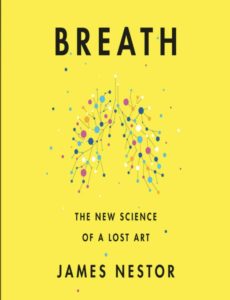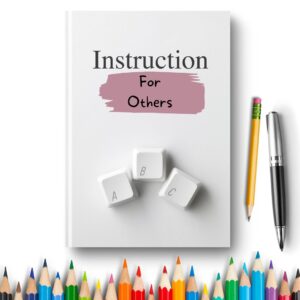
The breath is the bridge between the mind and the body and most of us pay little attention to this physiological function that has the power to help or hurt our mental health.
I was recently reminded of the importance of the breath in reading James Nestor’s book. He takes an in-depth look into research both historical and recent about how we breathe and it’s impact on our health.
Psychologically, poor breathing habits can contribute to anxiety and exacerbate mental health issues. Better breathing can help modulate central nervous system arousal and offer a way to calm and soothe ourselves under stress.
Breathing has a parallel to the Cognitive Behavioral Therapy approach I use in my psychotherapy practice. Just as our brain generates thoughts all the time, we are always breathing. Mostly our thoughts, just like our breathing, happens automatically and without our conscious awareness. Neither requires our attention, but with focus and intention we can change dysfunctional patterns and in a way that can have a positive impact on our quality of life.
- 50-70 million adults have a sleep disorder
- 48% report snoring
- 25 million US adults have obstructive sleep apnea
- 40% of people with insomnia are believed to also be affected by a mental health disorder.
- Around 75% of adults with depression suffer from insomnia.
- More than 90% of people with PTSD experience symptoms of insomnia.
So for anyone struggling with stress, sleep or mental health issues, the breath can be a portal to improved well being. There are many approaches to breathwork. What follows is a brief list based on my own experience along with links for further information on each.
With my mother being an Iyengar Yoga teacher for 35 years, I learned about pranayama early in life. A part of most yoga practices, pranayama is a system of breathing techniques to harness and direct energy. I believe having several surgeries before I was five dysregulated my natural breathing pattern, so exploring various forms of intentional breathing practices like pranayama has been a lifelong interest.
Learn more about Pranayama
Part of almost all forms of intentional breathing involve diaphragmatic breathing. Though we’re born with natural movement of our diaphragm with the breath, anxiety, trauma or prolonged stress tighten the diaphragm and limit breathing. Learning to re-engage the diaphragm can be a valuable skill in deliberately regulating our nervous system and activating our parasympathetic nervous system, which helps keep us calm, rested, and relaxed.
Learn more about Diaphragmatic Breathing
Part of my training in body psychotherapy involved a form of breathing that facilitated emotional expression and release of muscle tension. This is an intense form of breathwork that increases energy in the body as part of the therapy process.
Learn more about Bioenergetic Breathing
Similarly, Holotropic Breathwork is a type of hyperventilation created by a Czech psychiatrist named Stanislav Grof to “rewire the mind.” I’ve attended several retreats using this approach and have had powerful cathartic experiences as a result.
Learn more about Holotropic Breathwork
Several years ago I read a book about Wim Hof and his breathing instruction with the use of cold temperature exposure. I’ve since experimented with both and found it a valuable practice.
Learn more about Wim Hof breathing methods
If you’re interested in expanding your knowledge on the breath, James Nestor offers an impressive and comprehensive bibliography to his book you can peruse online here
And if you’re looking for a book with basic beginner practices, check out one of these:
Exhale: 40 Breathwork Exercises to Help You Find Your Calm, Supercharge Your Health, and Perform at Your Best
Conscious Breathing: Discover The Power of Your Breath



